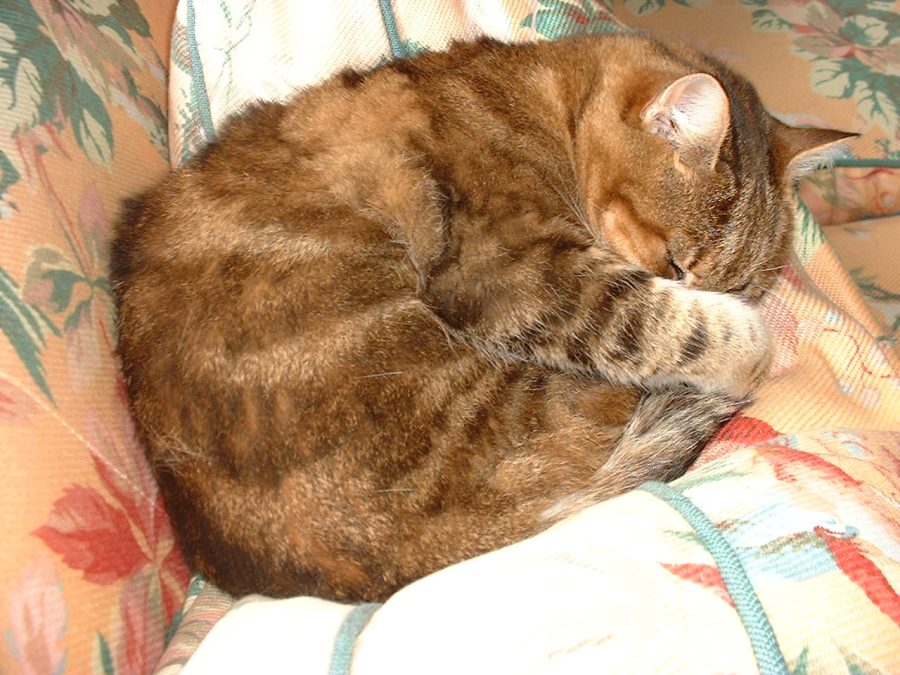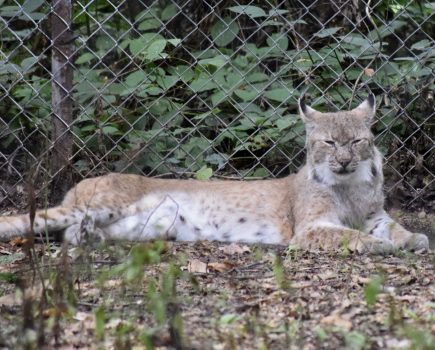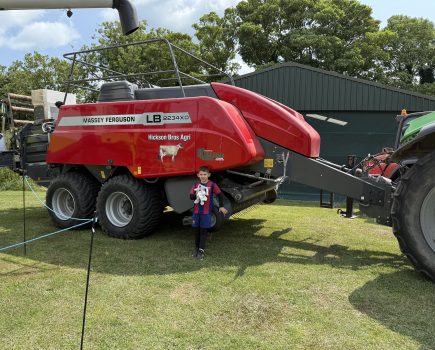There seems little point in having so much emphasis on protecting endangered birds if we in the countryside continue to face increasing legislation on controlling vermin. As long as limp environmentalists are given a free voice while the countrymen with the experience are prevented by new laws from doing what’s needed to control our worst avian predators quickly, the situation will soon deteriorate to a point of no return.
Talking about my own part of the country, it is quite obvious we are already close to that stage. For example, the peewit; although a few are still here, they are now a rarity, whereas 30-plus years ago they were almost as common as rooks or jackdaws.
But it isn’t just the peewit. If one glances through the Book of British Birds it becomes frighteningly easy to recognise the scale of the damage done, to nests and young birds, by the likes of the magpie, jay, sparrowhawk, crow, herring gull and even perhaps the buzzard, which I am certainly not suggesting needs controlling at this time. Some, perhaps, may.
This is just a few of the species we have lost around here over the past years, perhaps leaving you to make an assessment in your own locality. And I can assure you the damage isn’t being done directly by humans or ‘agri sprays’. I also know I should include cats and, more recently, bird flu. Cats, of course, are a huge menace; they would have been shot 50 years ago if caught in the open countryside. But I am talking first about birds.
So, here’s my list of endangered species prone to excessive predation of nests and young: little grebe (dabchick), grey partridge, turtle dove, skylark, mistle thrush, song thrush, reed warbler, bullfinch, chaffinch, greenfinch, goldfinch, linnet, coal tit, yellowhammer, reed bunting, hedge sparrow, pied wagtail, wheatear. All now rare, or gone forever?
Then, if I go back to my youth, I remember corncrakes which, while never common, were regularly to be seen in their favourite areas. Now not seen at all. Even swallow numbers are dwindling, swifts a rarity, little and tawny owls, once so common, quite rare. Barn owls too; before barns were turned into houses, almost every set of old farm buildings housed them.
They almost on their own took care of rats in farmyards or open fields and were to be seen most evenings quartering the meadows for rats and mice. How privileged one was to have a pair resident in one’s farmstead. Of course, farming changes have played a part. The loss of so much livestock, beef and dairy herds. Cowpats, dung beetles, flies, etc, all contribute.
Now to other pests. I see beavers are the next creature to be ‘welcomed’ by some environmentalists. I suppose if they could be trained to dredge our waterways and trim trees alongside them, there might be some merit.
And then, we might have wolves! Happily, they are presently confined to mainland Europe, held back by the English Channel, although there are signs that a number of countries are facing reality and considering removing wolves’ protection.
Estimates suggest there are 20,000 of the creatures roaming wild, so that’s probably about the same number of lambs, kids and calves taken each week taken from farmers’ herds, killed ‘for fun and food’. I’m sure there would be many farmers prepared to take their chances, whatever the law, and shoot the animals, but what an absurd situation where protection has been given in the first place. Zoos are the only safe place for them. Don’t legislators ever ask the farmers about their environment?
Were wolves ever reintroduced to the UK, to suit those same limp dreamers who push for these things, whether or not we still farmed cattle or sheep I would have no hesitation whatsoever in shooting one if I came across it, whether I had lost stock or not. With pests like them around, the odds would be pretty short on a wolf attack. They might even get a taste for young children.
I don’t, at the best of times, have much respect for modern urban politicians’ judgement in making good decisions relating to the countryside, but it really is time Parliament started listening to the countrymen’s views and were guided, in some small respect, by the people who know their true situation.
One example; any real country person knows that magpies are pests that need shooting at every opportunity, yet we were told recently that one now needs permission to shoot them? Madness. They are colourful but absolutely murderous.
Now something quite different. Tim, our local ornithologist, emailed me to say he had first heard, then spotted, a male trumpeter finch. I thought he was pulling my leg. Was it a politician? Nigel Farage, perhaps? No, Tim said he had seen them in arid North Africa and was quite certain what it was. It was not to be seen or heard the next day and he hoped it had been blown, with a northerly wind, back home to Africa.
We are sad to say that this is Nick’s last article. South East Farmer would like to thank him for his thoughts and contributions since he started writing for us over 20 years ago.
Pictured: Where every farm cat should be in the daytime







